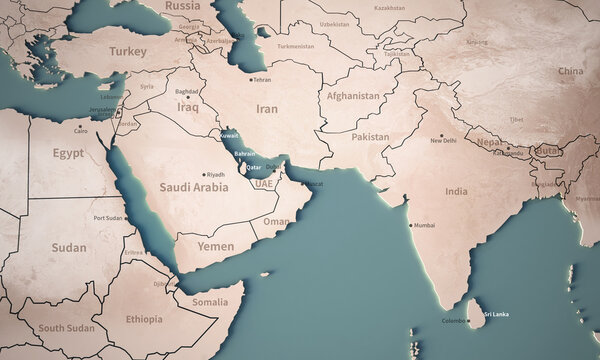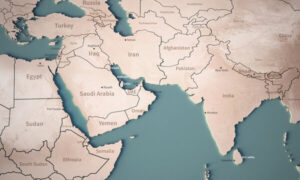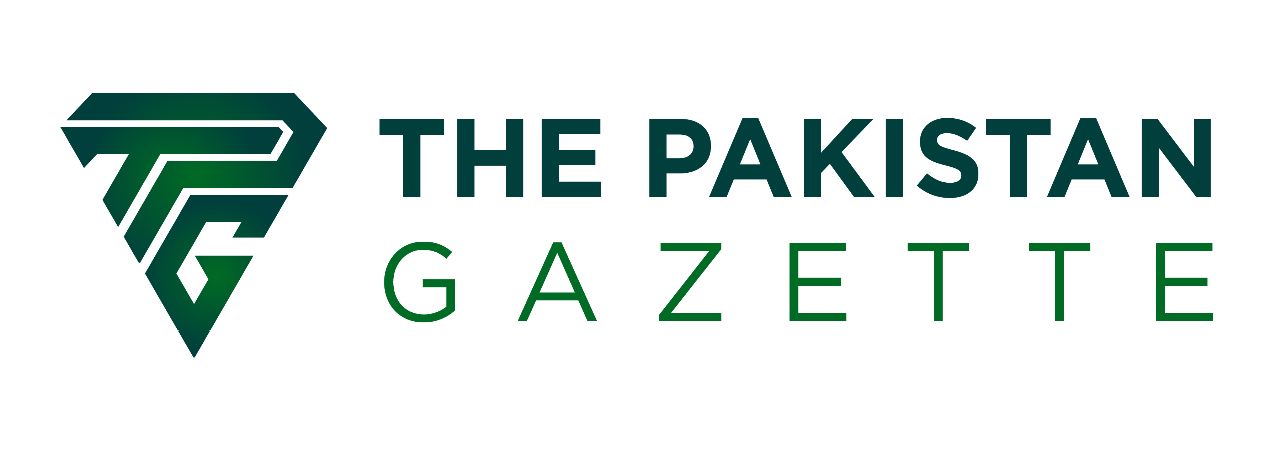
Middle East Conundrum
The Middle East conundrum is marked by complex dynamics involving great powers, regional actors, and many conflicts. Several key developments have intensified this rivalry in recent years, shaping the region’s geopolitical landscape.

China’s Expanding Influence
China has steadily expanded its influence in the Middle East, notably through its Belt and Road Initiative (BRI). Its investments in the region have grown significantly, including infrastructure projects, energy deals, and trade partnerships. For example, China has invested in Lebanon’s Port of Tripoli, positioning itself for future involvement in Syria’s reconstruction, underlining its growing influence.
- China’s increasing activity in the Middle East is driven by its economic interests, particularly the need for energy resources.
- Trade between China and the region has grown, and China has become the largest regional investor and trading partner in many Middle Eastern countries.
- China’s Belt and Road Initiative (BRI) plays a critical role in its regional strategy, with China investing in infrastructure projects in the Middle East.
- The Chinese approach to the Middle East, which emphasizes economic development without political conditions, is attractive to regional leaders who aim to maintain political control.
- China’s approach to Iran, including a strategic partnership agreement, is seen as a way to preserve the Iranian regime and distract the U.S. in the Persian Gulf.
- While China’s influence in the region is growing, it is not yet capable of providing security and stability to the same extent as the U.S.
Russia’s Strategic Moves
Russia, under Vladimir Putin’s leadership, has employed military intervention and diplomacy to become a power player in the Middle East. Russia’s military intervention in Syria has not only bolstered the Assad regime but also solidified Moscow’s role as a key broker in the Syrian conflict. This intervention was a significant factor in extending Russian influence in the region.
- Russia, after a period of diminished influence, reasserted itself in the Middle East, particularly through its military intervention in Syria in 2015.
- Russia’s assistance to Syrian President Bashar al-Assad, coupled with skepticism about American policy during the Arab uprisings, has endeared it to regional actors like Egypt.
- The relationship between Russia and Egypt has deepened, with significant arms sales and military cooperation.
- Saudi Arabia and the United Arab Emirates have sought to enhance their relations with Russia, particularly appreciating its role in Syria, despite differences over Iran.
- Israel has developed a crucial security dialogue with Russia due to its interests in Syria, where both countries share the goal of countering Iranian influence.
- Turkey’s relations with the United States have been strained due to differences over Syria and other issues, prompting Turkey to explore closer ties with Russia.
“Russian leaders have presented themselves as competent, non-ideological, and coherent alternatives to the United States at a moment when Washington appears to be the exact opposite in the eyes of its regional allies.”
“The Russians sought not necessarily to peel the Egyptians away and place them firmly in Moscow’s orbit but rather to pull Egypt away from the United States enough to complicate American efforts in the region.”
The U.S. and its Complex Role
The United States, a long-standing dominant player in the Middle East, has displayed a nuanced approach in recent years. While it has provided support for Saudi Arabia’s intervention in Yemen, its level of commitment and focus on the region has fluctuated. This has led to a departure from traditional U.S. engagement, particularly in conflicts like Syria, Libya, Yemen, and Lebanon. The EU’s efforts in the region have been hindered by structural challenges, and the EU is more effective when collaborating with other powerful actors in the region.
Regional Complexities
The Middle East is a complex mosaic of conflicts and rivalries. The Syria conflict involves the U.S., Russia, Turkey, and regional powers, reflecting intricate geopolitical dynamics. Libya witnesses the involvement of multiple powers supporting different factions, contributing to the country’s instability. In Yemen, the U.S. supports Saudi Arabia’s intervention in the conflict, with various regional powers playing active roles. Lebanon’s economic collapse has spurred American and French diplomacy, while China’s rehabilitation of Lebanon’s Port of Tripoli adds an extra layer of complexity to the situation. Syria has been a focal point of great power rivalry. The United States’ partnership with Syrian Kurdish forces and Turkey’s opposition to it strained relations between NATO allies. Turkey and Russia have different objectives in Syria but have managed to compartmentalize their differences. In Libya, Turkey and Russia supported opposing sides, while France, Egypt, and other regional players got involved, leading to complex geopolitical competition. The United States’ relative disengagement in these conflicts created opportunities for Russia and regional powers.
In the eastern Mediterranean, tensions escalated due to disputes over maritime boundaries and gas exploration. France, Greece, Egypt, and others opposed Turkey’s actions in the region. The absence of a clear U.S. stance increased European infighting and allowed Russia to exploit divisions. The European Union’s role in these crises remains limited, and its effectiveness is enhanced when acting in coordination with other great powers.
Prospects for Cooperation
Cooperation among major powers in the Middle East is sporadic and often confined to specific areas of mutual interest, such as the Joint Comprehensive Plan of Action (JCPOA) regarding Iran’s nuclear development. There, Russia, China, India, and the EU might welcome the U.S.’s reentry into the agreement. However, cooperation on broader nonproliferation issues remains challenging due to the involvement of great powers in various regional nuclear programs. Conflict containment and resolution efforts face considerable obstacles, given the limited regional capabilities and the reluctance of great powers to engage in coordinated solutions.
Conclusion
In conclusion, the global power rivalry in the Middle East is marked by an intricate interplay of great powers seeking to extend or protect their influence. China’s expansion, Russia’s strategic manoeuvres, the nuanced U.S. role, and the region’s complex conflicts all contribute to a highly dynamic and evolving geopolitical landscape. Cooperation among these powers remains challenging, and the outlook for resolving regional conflicts is far from promising. The Middle East’s geopolitical complexities continue to have profound implications for regional stability and global politics.
Admin at The Pakistan Gazette

